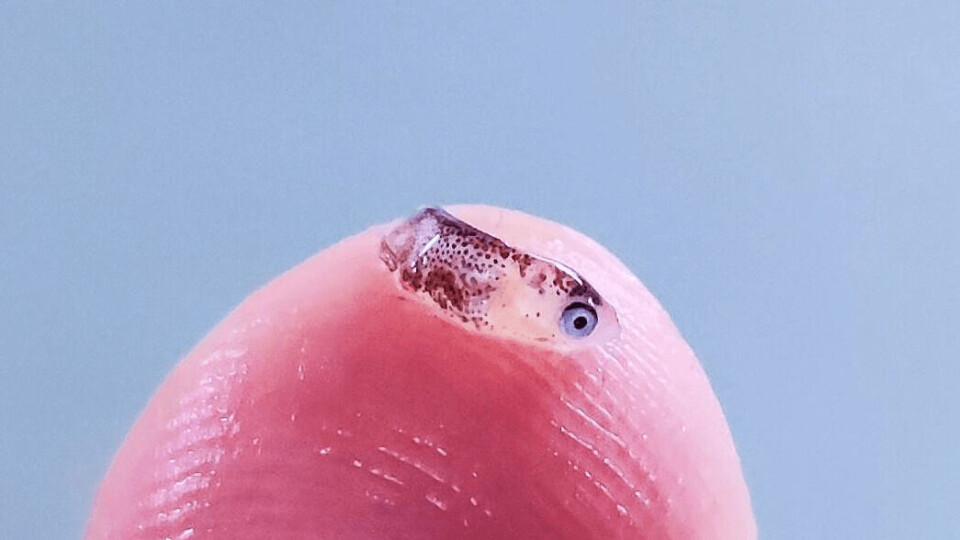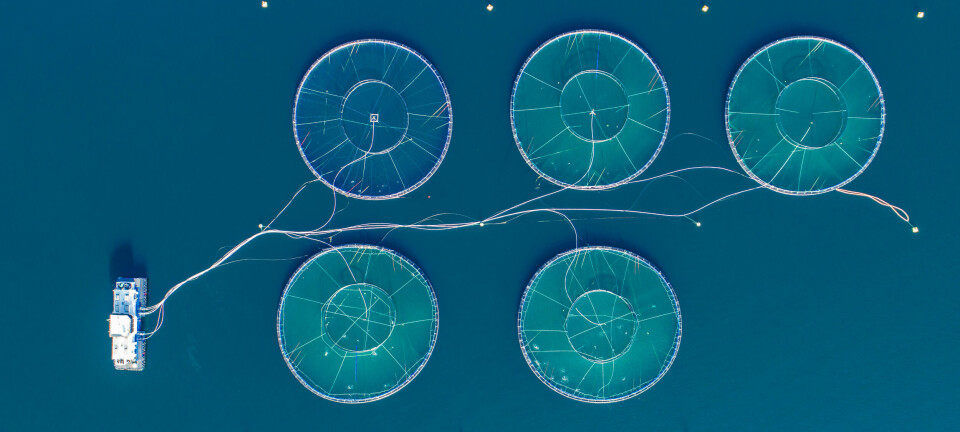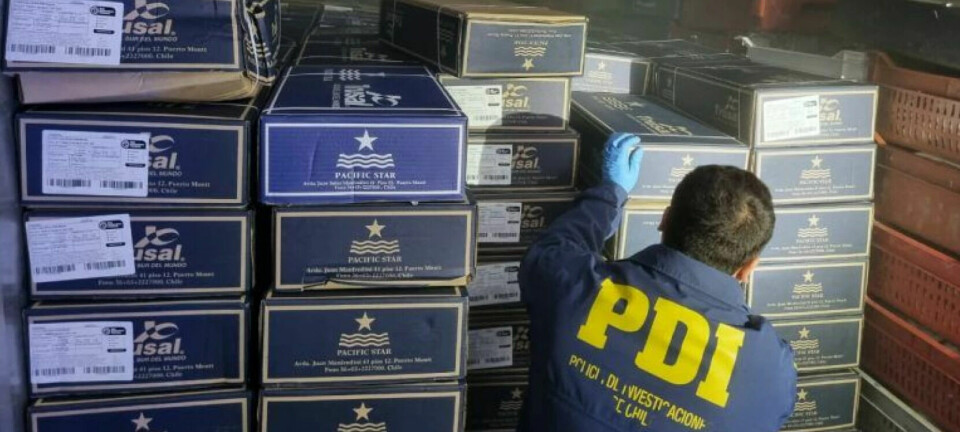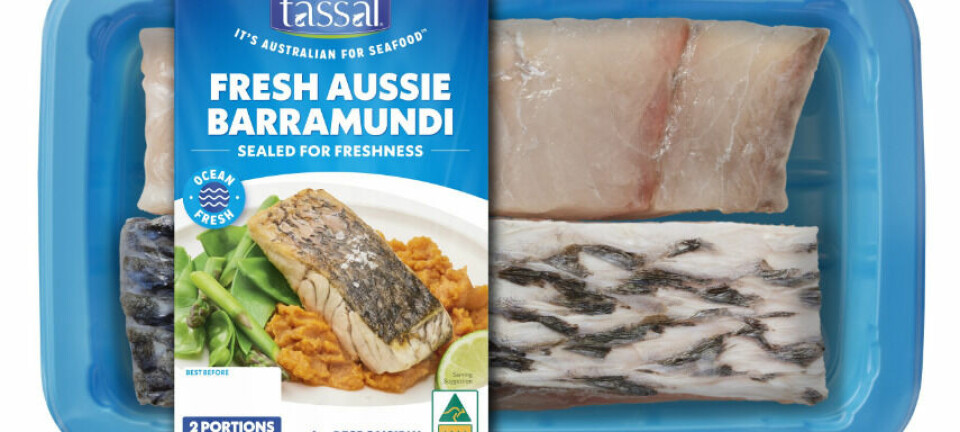
Novel virus discovered in ballan wrasse hatchlings
Fish health and diagnostics company PatoGen, in collaboration with a wrasse farmer, has discovered a novel virus in ballan wrasse hatchlings which is associated with high mortality shortly after hatching. The virus has been named ballan wrasse birnavirus (BWDV).
The diseased fish were investigated with polymerase chain reaction (PCR) technology for relevant pathogens and histology, without detecting any obvious causes, said PatoGen in a press release. Furthermore, production related, environmental and food related causes for the mortality was ruled out.
As a result, PatoGen performed a full genome sequencing on diseased fish in which it detected the genome of a novel birnavirus. Downstream PCR studies detected large amounts of virus in fish larvae from groups with increased mortality. PatoGen believes that biosecurity measures against BWDV will reduce the mortality in this critical phase of the ballan wrasse production.
Increased mortality
PatoGen has been working closely with a ballan wrasse producer in Norway that has experienced increased mortality shortly after hatching, in an attempt to clarify possible causes. The mortality occurs after a short period of loss of appetite and peak mortality typically occurs between day 17 and 25 post hatching (DPH).
Samples were collected weekly from hatching and were examined with PCR for relevant pathogens and histology. No detections were made with PCR and histology gave no explanatory findings. This was consistent with previous investigations from similar cases at the site. It was therefore decided to perform a full genome sequencing on samples from moribund fish. The analysis revealed high amounts of gene sequences of a novel virus that grouped within the virus family Birnaviridae. The gene sequences of the novel ballan wrasse virus were genetically different from other known birnaviruses and aquabirnaviruses.
Aquabirnavirus
The most known birnavirus in Norwegian aquaculture is an aquabirnavirus; iInfectious pancreatic necrosis virus (IPNV), a virus known to cause fry mortality in Atlantic salmon. Other birnaviruses are associated with early fry mortality on other marine fish species.
A Real Time qPCR assay was developed based on the gene sequences produced by the full genome sequencing and this was used to investigate the presence of the virus. The PCR analyses confirmed the presence of the virus in large amounts from day 21 after hatching and at later timepoints. The investigation showed that the virus infection is maintained in the population for a long time after the peak mortality and at high levels.
PatoGen is now offering a PCR analysis for the ballan wrasse birnavirus.
Ballan wrasse eat sea lice off salmon and are used as an effective natural control of lice levels in farmed salmon cages.




















































